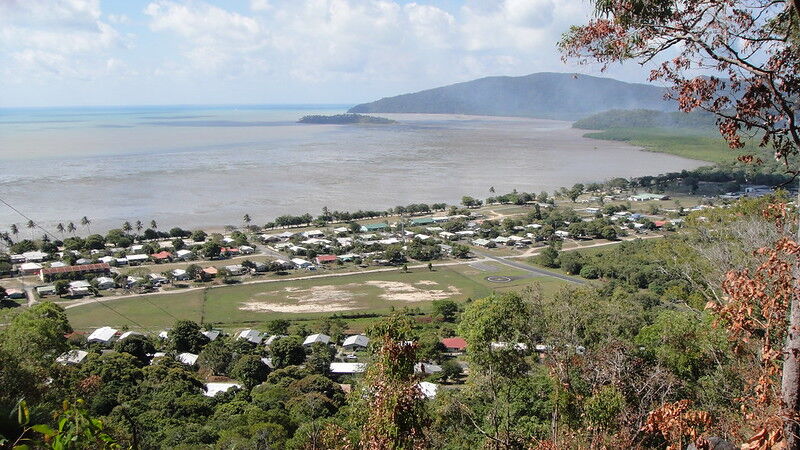The remote community of Yarrabah in far north Queensland is one of five fringe-of-grid communities that has secured funding as part of a $10 million (USD 6.51 million) state government initiative designed to develop and deliver microgrid projects in regional and remote areas.
The state government said the Queensland Microgrid Pilot Fund will enable regional grid-connected communities to boost connection resilience, and support the transition to cleaner, more reliable renewable options for electricity supply.
The storm-prone community of Yarrabah, about 55 kilometres east of Cairns in tropical Queensland, has secured $720,000 to finance a feasibility study that will investigate installing a solar and battery microgrid as an option for a more secure, cleaner and more resilient electricity supply.
Yarrabah Mayor Ross Andrews said the community, one of the largest Aboriginal communities in Australia, is often left without power during severe weather events and its remote location can mean extended outages before repair crews can get into the area.
“As a fringe-of-grid community, Yarrabah is susceptible to long and frequent power outages due to storm damage,” he said. “They are an added and unwanted strain during extreme weather events and on cost-of-living pressures.”
Andrews said by generating electricity locally and utilising renewable energy sources, the town will be able to reduce its vulnerability to disruptions from the main grid.
“A cleaner, more resilient electricity network could also save Yarrabah hundreds of thousands of dollars each year, money that can be better spent elsewhere,” he said.
Yarrabah is one of five Queensland towns that has secured funding as part of the microgrid pilot initiative. Microgrid feasibility studies will also be conducted at Woorabinda in central Queensland and Thargomindah in the state’s remote southwest.
The state government has also committed almost $2.65 million to build a microgrid at Mossman Gorge, about 80 kilometres north of Cairns, and $1.35 million to deploy another at Junbun, about halfway between Cairns and Townsville.
Details of the individual projects has not yet been made available but the state said power for the microgrids may be supplied by a mix of the existing electricity grid, local generation and battery storage, and may be combined with behind-the-meter generation and storage.
Queensland Energy Minister Mick de Brenni said the microgrids will not only help the communities boost energy resilience but will also reduce the need for diesel generation as a back-up energy source and contribute to the decarbonisation of the community.
“We are committed to doing all we can to mitigate the impact of climate change for all Queenslanders, and those living in these remote communities are no different,” he said.
“While we are working to pass legislation through parliament, Queensland’s publicly owned energy companies are working hard to improve network resilience across the state.”
“Having a microgrid enables remote communities to maintain their essential services until crews can safely restore connection to the grid provided it is electrically safe to do so.”
Queensland is aiming to supply 50% of the state’s energy demands from renewables by 2030, and 80% by 2035.
This content is protected by copyright and may not be reused. If you want to cooperate with us and would like to reuse some of our content, please contact: editors@pv-magazine.com.









By submitting this form you agree to pv magazine using your data for the purposes of publishing your comment.
Your personal data will only be disclosed or otherwise transmitted to third parties for the purposes of spam filtering or if this is necessary for technical maintenance of the website. Any other transfer to third parties will not take place unless this is justified on the basis of applicable data protection regulations or if pv magazine is legally obliged to do so.
You may revoke this consent at any time with effect for the future, in which case your personal data will be deleted immediately. Otherwise, your data will be deleted if pv magazine has processed your request or the purpose of data storage is fulfilled.
Further information on data privacy can be found in our Data Protection Policy.